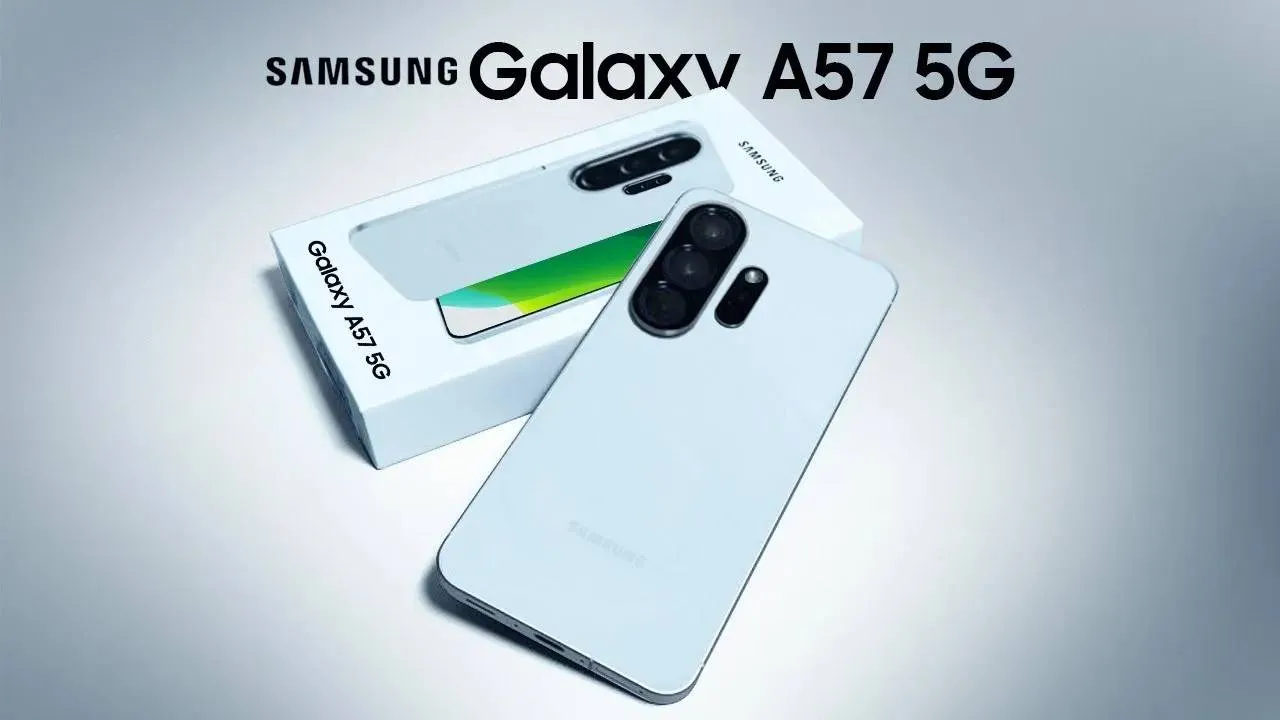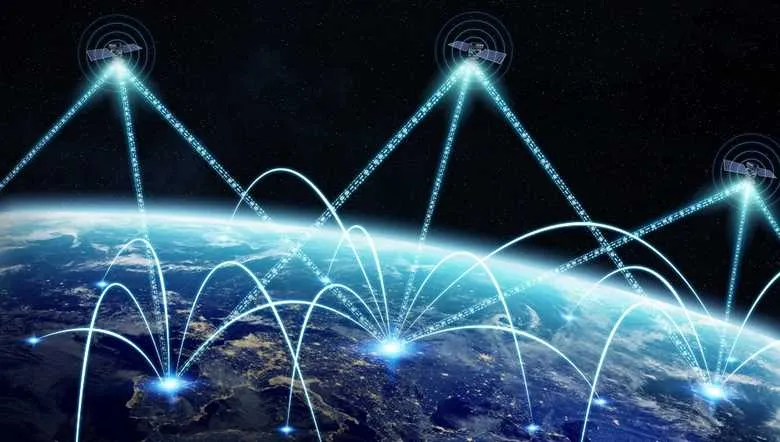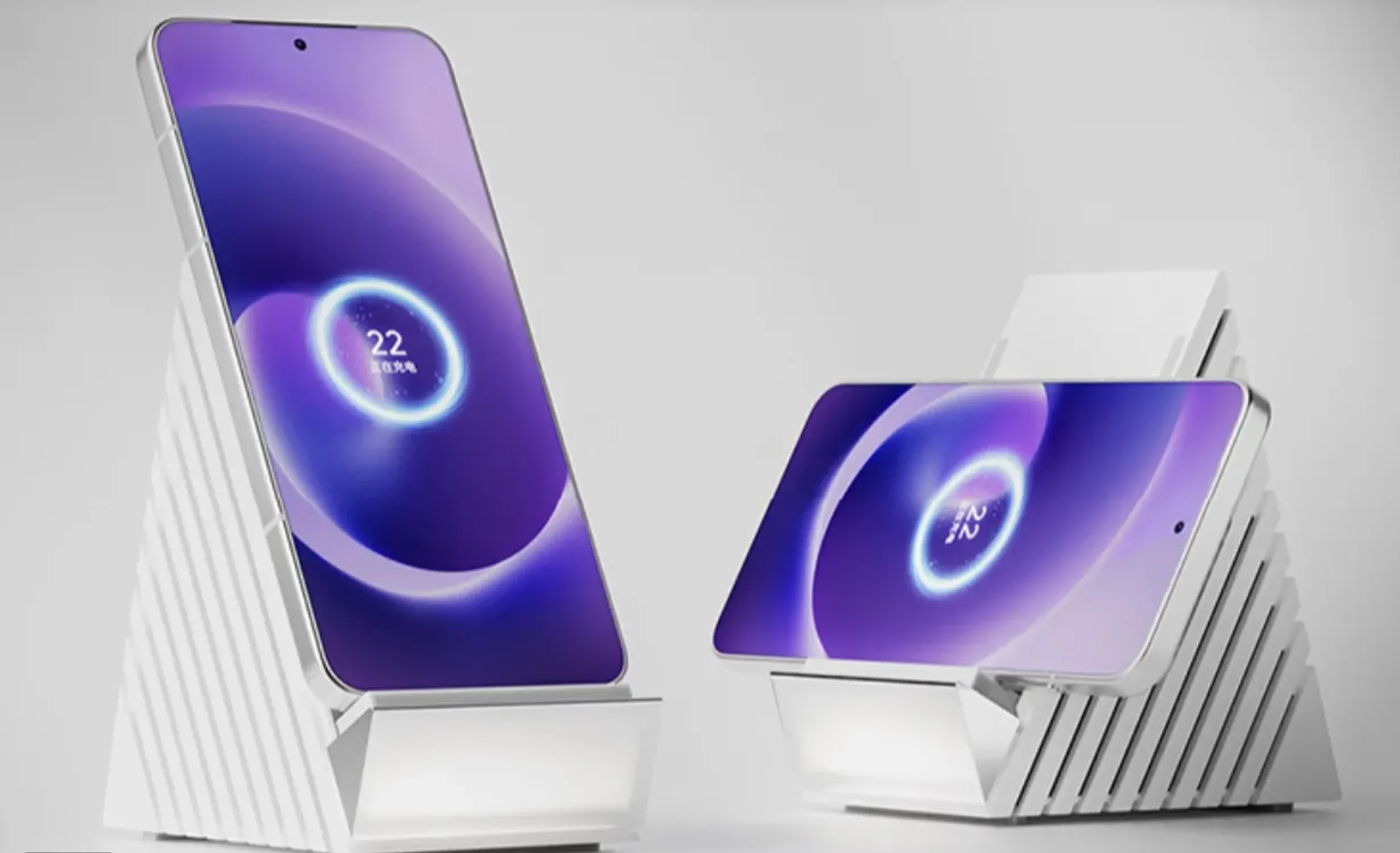Gmail: Google announces that an AI will soon write your emails
GoogleWednesday, 15 March 2023 at 06:51
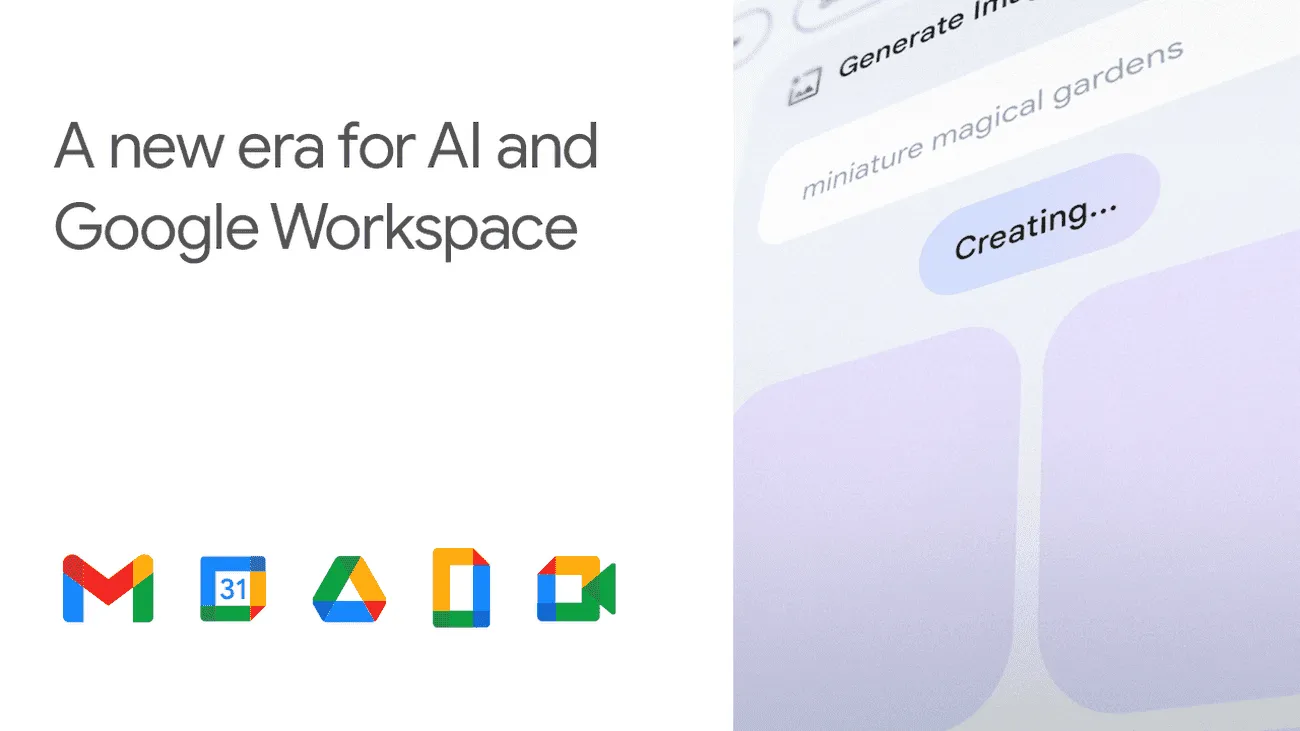
Google recently announced the integration of a series of AI-related features into its Workspace suite, including Google Docs, Gmail, Sheets, and Slides. This move is part of Google's efforts to catch up with its competitors in the race for AI technology. The announcement was made in a blog post by Johanna Voolich Wright, the Vice President of Google Workspace.
Gmail will use AI capabilities to write emails on your behalf
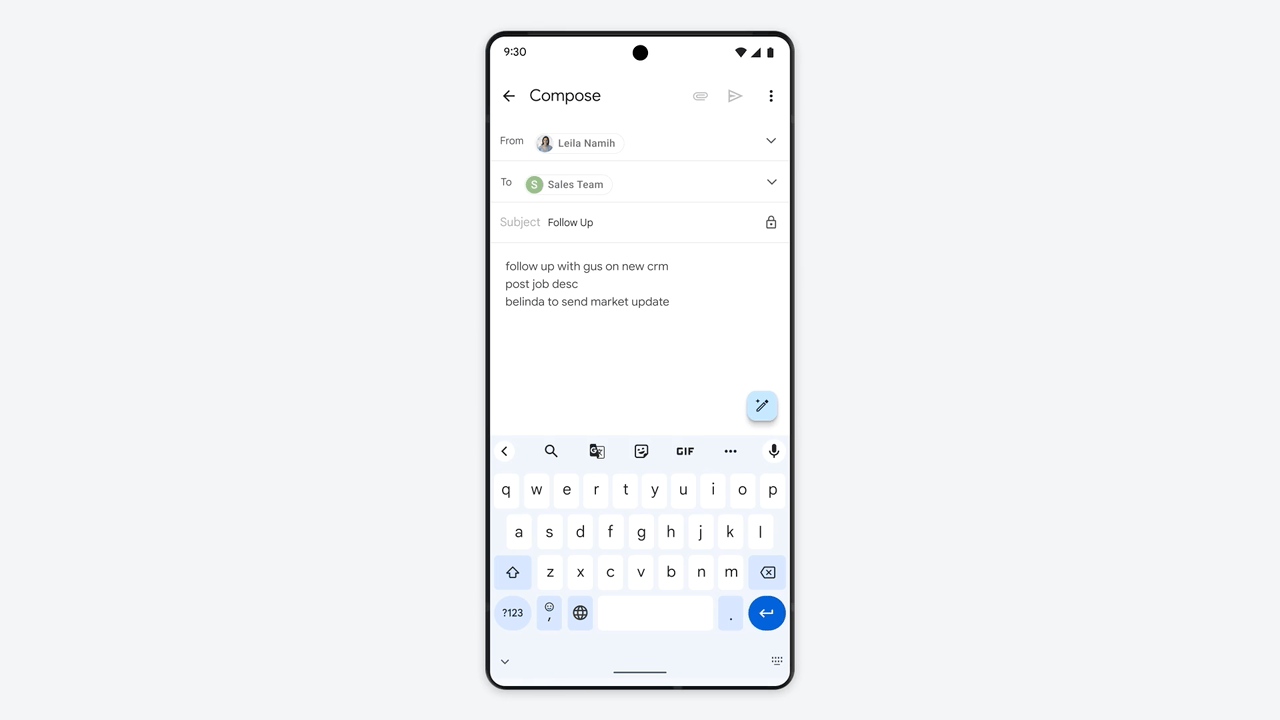
One of the notable features is the AI-powered text generation that will be available for Google Docs and Gmail. The AI will be able to "think, proofread, write and rewrite" complete texts based on simple instructions from the user. Similarly, in Gmail, the AI will be able to "draft, reply, summarize and prioritize" emails based on user instructions. These features will be made available to a group of "trusted testers" in the US this month.
Google is also planning to introduce the ability to produce images, sound, and videos to illustrate presentations in Slides. This will be done in the same way as Microsoft Designer. Which is powered by OpenAI's DALL-E, or Canva, which is powered by Stable Diffusion.
Google's eagerness to catch up with its competitors in the AI race is evident in this move. Microsoft Teams, for instance, is set to feature 3D avatars and VR meetings in partnership with Meta. Google has been lagging behind in this new technological trend since the launch of ChatGPT by OpenAI and Microsoft's Bing chatbot. In fact, management reportedly declared a "code red" in December. Instructing company staff to add AI tools to all of its products within months.

However, Google's announcement of these new AI-related features seems to be more of an announcement effect than a revolutionary move. The AI writing tools in Docs and Gmail are not entirely new. As ChatGPT has been fulfilling this function for a long time. Moreover, these features will not be immediately available to the public. And Google has not specified when the other visual generation features will be available.
Despite these exciting developments, some industry experts remain skeptical about Google's ability to keep up with the competition. While Google's AI writing tools in Docs and Gmail may not seem revolutionary compared to the capabilities of ChatGPT, the company is still betting on the announcement's effect to reassure users about its future in the AI space. Additionally, it remains unclear when the other visual generation features will be available to the public.
Overall, Google's announcement of new AI-related features in its Workspace suite of apps marks a significant development in the company's ongoing efforts to keep up with its competitors in the AI space. While it remains to be seen how these new features will be received by users, they are undoubtedly a step in the right direction for a company looking to stay at the forefront of technological innovation.
Google's future in the AI race
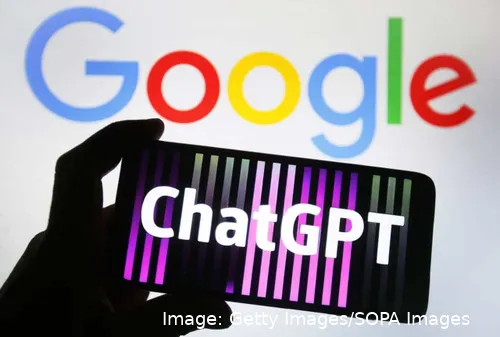
Image: Getty Images/SOPA Images
The AI industry has been growing rapidly in recent years, with OpenAI and Microsoft leading the pack in terms of innovation and development. However, Google, a company that has long been a player in the tech industry, has been making strides to catch up and compete with these giants in the AI race. But the question remains: can Google truly catch up and compete with OpenAI and Microsoft in the AI race?
Google has been investing heavily in AI research and development, with its DeepMind subsidiary leading the charge. DeepMind has made significant strides in developing advanced AI systems, such as AlphaGo. Which famously defeated world champion Lee Sedol in the game of Go. Google has also been investing in natural language processing and machine learning. With Google Assistant and Google Translate being prime examples of the company's efforts in these areas.
However, despite these advancements, Google still lags behind OpenAI and Microsoft in certain areas. OpenAI, for example, is popular for its advanced language models, such as GPT-3. Which have been shown to be capable of generating human-like text. Microsoft, on the other hand, has been investing heavily in cognitive services, such as Azure Cognitive Services. Which allow developers to easily add advanced AI capabilities to their applications.
So, can Google catch up and compete with these giants in the AI race? The answer is yes, but it will require a concerted effort on Google's part.
One area where Google could make significant strides is in natural language processing. While Google Assistant is certainly an impressive product, it still lags behind OpenAI's GPT-3 in terms of natural language generation. Google could invest more heavily in developing advanced language models. Or it could acquire a company with expertise in this area, as it did with DeepMind.
Another area where Google could compete is in cognitive services. While Google does offer some cognitive services, such as the Cloud Natural Language API. These services are not as robust as Microsoft's Azure Cognitive Services. By investing more heavily in cognitive services, Google could make it easier for developers to add advanced AI capabilities to their applications. Thereby making Google a more attractive platform for developers.
In conclusion, while Google still lags behind OpenAI and Microsoft in certain areas of the AI race, it is certainly capable of catching up and competing with these giants. By investing more heavily in natural language processing and cognitive services, Google could make significant strides in the AI industry and become a dominant player in the years to come.
Popular News
Latest News
Loading
